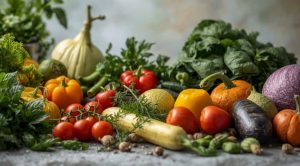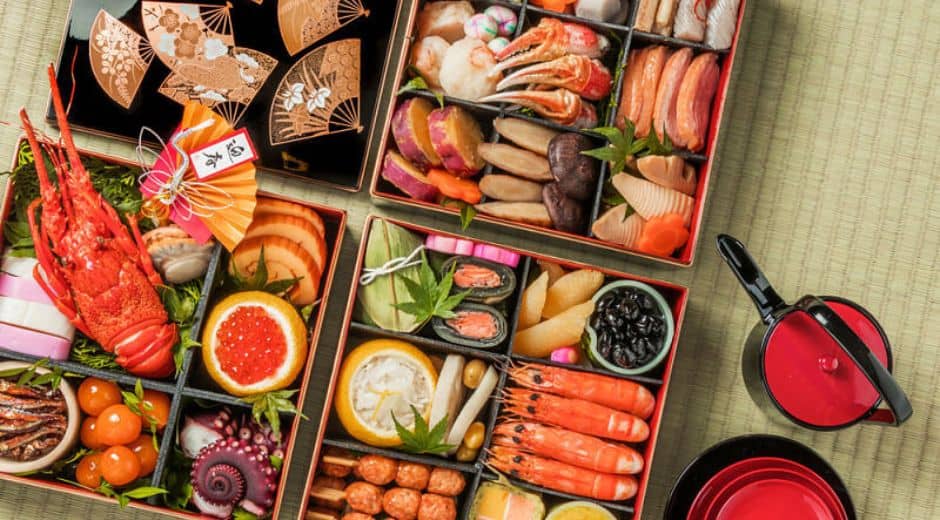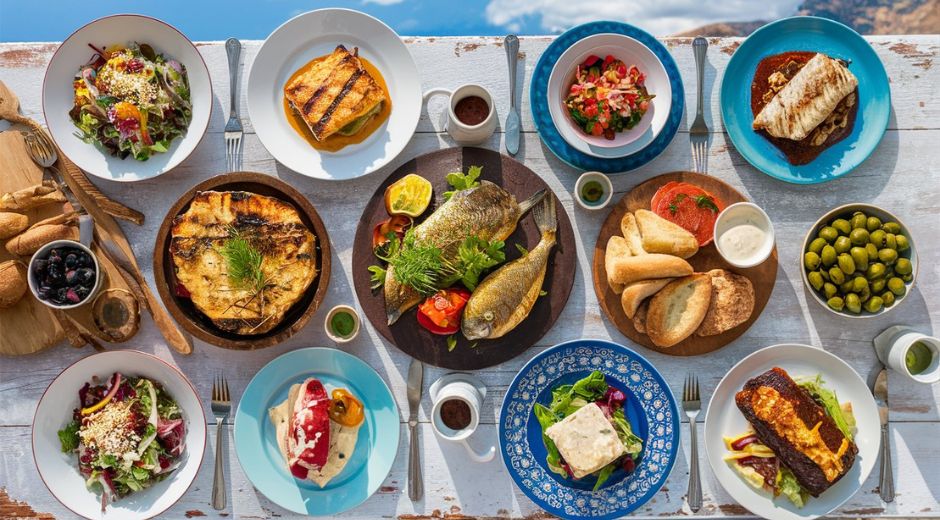8 Mysteries of Japanese Food That Will Fascinate You
8 Mysteries of Japanese Food That Will Fascinate You
Japanese food is far more than sushi, ramen, or tempura. Every dish carries centuries of history, culture, and tradition, each bite telling a story. From the meticulous selection of ingredients to the artful presentation, Japan’s culinary world is full of mysteries waiting to be discovered. Exploring these secrets allows us to understand not just the food, but the culture and philosophy that shape it.
1. The Art of Umami
You may have heard of the term “umami,” but did you know that Japan mastered this fifth taste long before the world caught on? Umami is the subtle savory flavor that gives Japanese dishes their depth, found in soy sauce, miso, dashi, and even seaweed. The concept is more than just taste—it’s about balance and harmony. Japanese chefs spend years learning how to layer umami perfectly, creating dishes that are surprisingly rich yet light, complex yet comforting.
2. Seasonal Eating – Shun
Eating in harmony with the seasons, or shun, is an essential part of Japanese culinary philosophy. Vegetables, fish, and even desserts are chosen for their peak freshness, meaning that the menu changes as nature dictates. Cherry blossoms in spring inspire sakura-flavored sweets, while autumn brings chestnut and pumpkin dishes. This approach isn’t just about flavor—it’s a reflection of the Japanese respect for nature and its cycles. Eating seasonally connects diners to the rhythm of the earth, making each meal a mindful experience
3. Kaiseki – Culinary Storytelling
Kaiseki is Japan’s traditional multi-course meal, but it’s far more than just food. Each course is carefully designed to tell a story, evoke a season, or convey emotion. A single meal can transport diners through landscapes, historical moments, or even poetic imagery. Chefs consider color, texture, temperature, and presentation, turning every dish into a living narrative. Dining on a kaiseki meal is almost like reading a novel through taste and sight.
4. Fermentation Secrets
Japan has perfected the art of fermentation. Natto, miso, pickles, and soy sauce aren’t just staples—they are historical innovations that allowed people to preserve food and develop deeper flavors. Fermented foods also carry health benefits, like improved digestion and immunity, which shows how Japanese cuisine balances taste, tradition, and wellness. Learning about the fermentation process reveals the ingenuity and patience embedded in Japanese cooking.
5. Hidden Ingredients
Some of Japan’s most beloved dishes include ingredients that surprise outsiders. Seaweed powders, yuzu zest, rare mushrooms, and even edible flowers are sprinkled into everyday meals. These hidden elements are often symbolic, tied to local customs or religious traditions. For example, certain leaves or herbs may be used to represent longevity or prosperity. Every ingredient is intentional, adding layers of meaning beyond flavor.
6. Food and Rituals
Japanese dining is filled with rituals that give every meal a sense of significance. The tea ceremony is a prime example, where every movement—from whisking matcha to bowing before drinking—is deliberate and meaningful. Even sushi has its etiquette: how to dip it in soy sauce, which order to eat it in, and how to appreciate the freshness of the fish. These rituals elevate eating from a simple act to an immersive cultural experience.
7. Regional Culinary Mysteries
Japan is a country of diverse culinary landscapes. Each region boasts unique dishes and preparation methods, reflecting geography, climate, and history. Hokkaido is known for its fresh seafood and dairy products, while Osaka is famous for street food like takoyaki and okonomiyaki. Kyoto offers refined kaiseki experiences, and Okinawa’s dishes reveal influences from Chinese and Southeast Asian cuisine. Exploring these regional differences is like taking a culinary journey across the country without leaving your seat.
8. Street Food Legends
Japan’s street food culture is an unsung hero of its culinary identity. Takoyaki, okonomiyaki, taiyaki, and yakiimo aren’t just snacks—they’re stories in motion. Each dish has a history tied to local communities, festivals, and street vendors who perfected their recipes over decades. Eating these foods connects you to the energy of Japanese streets and the creativity of its people.
Exploring these mysteries shows that Japanese food is more than flavor—it’s art, culture, and history intertwined. For those who want to dive deeper into the fascinating world of Japanese cuisine, our Japanese Culinary Stories section offers more insights and tales that celebrate this rich culture.
The Wellness and Beauty Secrets Hidden in Japanese Food
Beyond flavor, Japanese food often connects to wellness and beauty. Traditional ingredients like miso, seaweed, and green tea not only taste incredible but are linked to health benefits. If you want to explore how food supports holistic wellness, check out BodyWellnessGroup for insights on nutrition, mindful eating, and lifestyle practices. Meanwhile, beauty enthusiasts can learn how Japanese ingredients contribute to radiant skin and natural beauty at BeautyUpNest.
Conclusion
In the end, Japanese food is a bridge between taste, culture, and life lessons. Whether you’re savoring street food in Osaka, a kaiseki meal in Kyoto, or simply enjoying a bowl of miso soup at home, each bite carries a story. Exploring these culinary mysteries allows us to connect more deeply with the culture, history, and people behind every dish. Japanese cuisine is a reminder that food can be a gateway to understanding a nation’s soul, and that every meal has the power to fascinate, teach, and inspire.
Best cooking Tips

Farmhouse Blend Meals Anyone Can Master
Farmhouse Blend Meals Anyone Can Master

Rustic Touch Recipes That Bring Warmth to Your Kitchen
Rustic Touch Recipes That Bring Warmth to Your Kitchen

Exploring Garden Fresh Ingredients That Transform Everyday Cooking
Discover the power of Garden Fresh ingredients and how they elevate everyday dishes with vibrant flavors and natural richness.

The Ultimate Comfort Plate Recipe That Warms Every Season
Discover the perfect Comfort Plate recipe designed to warm your days with rich flavors, simple techniques, and heartful cooking inspiration.













